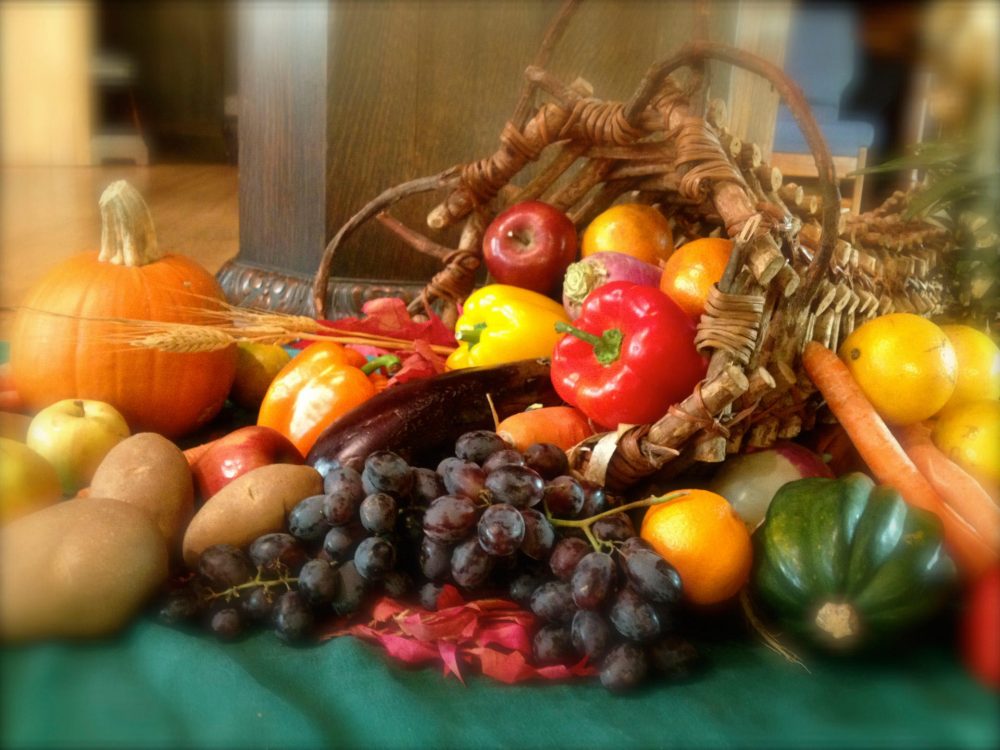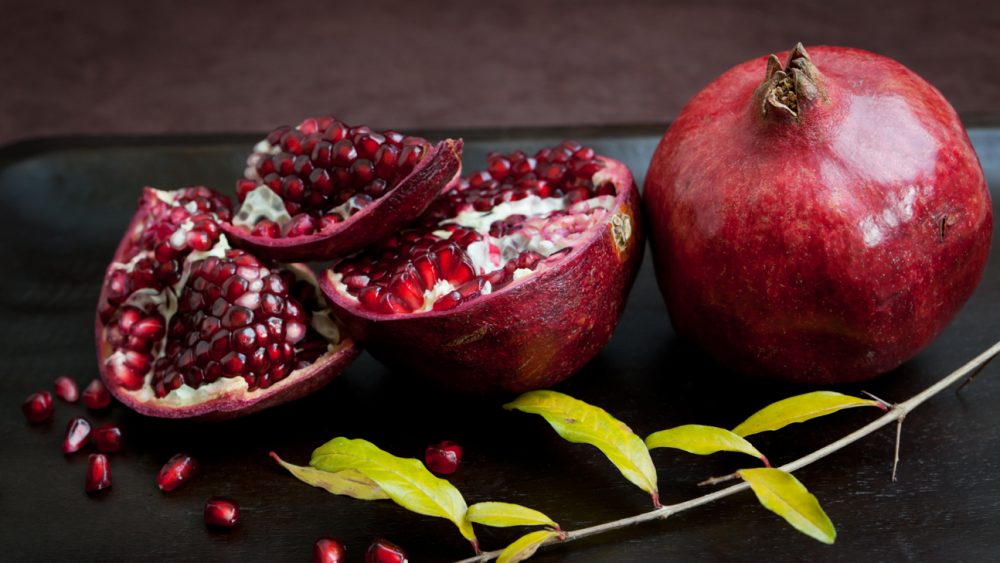
It may be that summer came to an end, but that doesn’t mean you have to remove the juicy and nutritious fruits and vegetables from your diet. Every season has its own special fruits and vegetables that should be eaten during this period of time. People are not aware about which fruits and veggies they should eat each season and lots of times they get confused as there is a huge variety available in the market. Children tend to eat less fruits and vegetables as they don’t realize the health benefits that a diet high in these can provide to their health. Parents struggle lots of times to give them the ones which contain more vitamins and minerals. Below you will find 4 fruits and vegetables that can easily be eaten during autumn by your children.
1. Cherry Tomatoes.
This one is an all year round vegetable and children usually love them. Cherry tomatoes and all the varieties of tomatoes in general contain lycopene, which is an antioxidant linked to many health benefits such as decreasing the possibility of developing heart disease and cancer (1, 2). It is consisted by 95 % of water and 5% of carbohydrate and it’s a great source of vitamin A, B6, C, K, potassium and folate. There is a variety of cherry tomatoes out in the market from baby and plumy to green and yellow ones. You can also make your own natural sauces and combine it with virgin olive oil as it increases the lycopene concentration when cooked (1). Add cherry tomatoes as a snack to your child’s diet or make a variety of salads with them.
2. Squash.

Squash is a great source of antioxidants and it gives a great taste when added to food as a sider. It contains vitamins A, C, iron, potassium and some of the vitamins Bs. It seems to give a boost to immunity, manage diabetes, improve lung and cardiovascular health as well as it has antiseptic and anti-fungal abilities (3, 4, 5). There is a big variety of different squashes – all of which are harvested different period of time – such as zucchini, courgette, and pumpkin. You can add it to your child’ diet as a salad, boil or grill it and you can bake it with a bit of olive oil, oregano and feta cheese. Combine it with some other vegetables, such as sweet potato – carrot – aubergine, and offer to your child a plate full of vitamins and minerals.
3. Grapes.
Children love grapes and this is the perfect time of the year to add them to their diet as they will be fresh and full of nutrients. They are high in fibers and contain a variety of vitamins, such as vitamin C, necessary to boost the immunity, vitamin K, B6, thiamin, riboflavin, and potassium – necessary to keep skin, eyes, bones and muscles healthy (6). It also contains calcium, which contributes to tooth and bone growth (6). They are low in fat, but they do contain sugars so you should make sure that your children want overeat them. They can consume about 15 grapes per serving as long as they follow a healthy balanced diet. Another way to add grapes to your child’s diet is by making a jam or juice with no added sugar.
4. Pomegranate.
This is another tasteful seasonal fruit for children. High in vitamin C and vitamin E – will give a boost to the immune system and fight disease. Children usually love the bright color and the great taste. They contain lycopene too(1) and a variety of vitamins Bs, iron and folate, which play an important role to the red blood vessels healthy growth and in releasing energy to the body (6). You can give pomegranate to your child as it is, or you can add it in smoothies, yogurt or combine it with almonds and walnuts.

Increase your children’s vegetable and fruit intake by giving the appropriate fruits and vegetables according to the season. Make a list with the seasonal fruits and vegetables and try to give them a variety of different ones as every fruit contains a combination of different nutrients and antioxidants and all of them are necessary so we can all function well and be full of energy.
References:
- Capurso, C. and Vendemiale, G. (2017). The Mediterranean Diet Reduces the Risk and Mortality of the Prostate Cancer: A Narrative Review. Front Nutr, 4 (38). [Epub ahead of print]
- Cheng, H. M., Koutsidis, G., Lodge, J.K., Ashor, A. W., Siervo, M. and Lara, J. (2017). Lycopene and Tomato and risk of cardiovascular diseases: A systematic review and meta-analysis of epidemiological evidence. Crit Rev Food Sci Nutr, 11 (0). [Epub ahead of print]
- Saavedra, M. J., Aires, A., Dias, C., Almeida, J. A., De Vasconcelos, M. C., Santos, P., Rosa, E. A. (2015). J Food Sci Technol, 52 (2), 1008 – 15.
- Kwon, Y. I., Apostolidis, E., Kim, Y. C. and Shetty, K (2007). Health Benefits of Traditional Corn, Beans, and Pumpkin: In Vitro Studies for Hyperglycemia and Hypertension Management. Journal of Medicinal Food, 10 (2), 266 – 275.
- Caili, F., Huan, S., Quanhong, L. (2006). A review on Pharmacological Activities and Utilization Technologies of Pumpkin. Plant Foods for Human Nutrition, 61 (2), 70 – 77.
- Hark, L. and Deen, D. (2005). Nutrition for life. The definitive guide to eating well for good health. United Kingdom: Dorling Kindersley.
See more here: www.womenfitness.net



